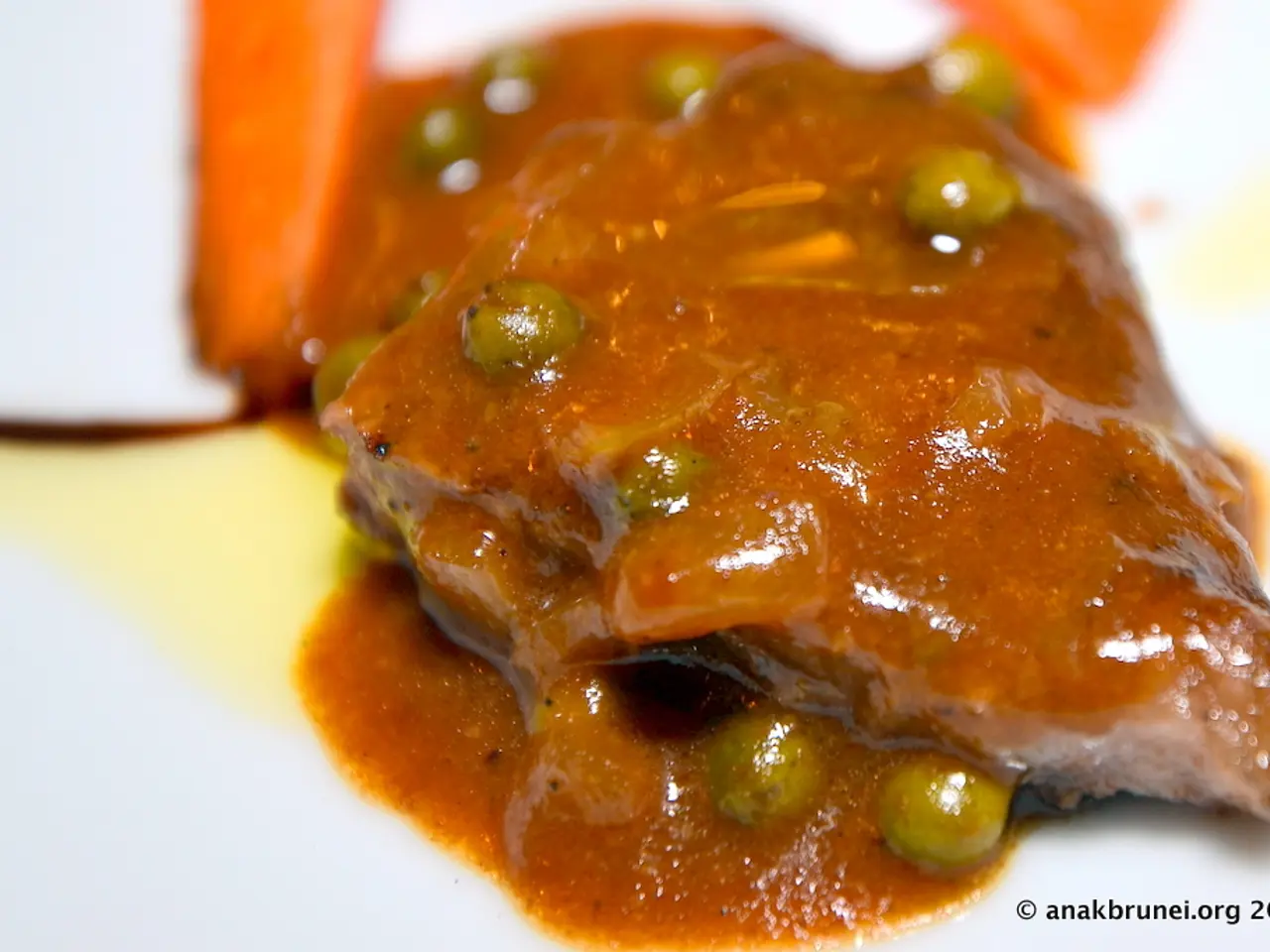Financial Relief Through VAT Exemptions is Not a Mythical Threat
High Food Prices Spark Debate Over VAT Reduction in Estonia
In Estonia, a growing concern over high food prices has led to a heated debate about whether to lower the Value-Added Tax (VAT) on food items. Currently, Estonia has a standard VAT rate of 24%, one of the highest in Europe, and does not apply a reduced VAT rate on basic foodstuffs [1][4]. This has resulted in food prices that are above the EU average, while Estonian salaries remain below the EU average, leading to public dissatisfaction [2].
A large and popular petition, started by Jana Guzanova, the 2025 MasterChef Estonia winner, aims to address this issue by advocating to reduce the VAT on food from 24% to 10%. The petition, which has gained over 80,000 signatures, is aimed at alleviating the financial burden on low-income families, including those on minimum wage or pensions, by making basic foodstuffs more affordable [1][2].
Prime Minister Kristen Michal has acknowledged the high prices and inflation but has pointed out that about two-thirds of the price increases arise from wage growth and global raw material cost increases, with about one-third from taxes (notably, vehicle registration fees have a significant tax impact). He also indicated that Estonia's excess retail space raises costs, indirectly affecting prices [1].
Analyses show that prices of key food products (e.g., milk, butter, pork, beef, eggs) have risen mainly due to increased energy and labor costs, as well as global agricultural market dynamics. For example, butter prices rose from approximately €6.32/kg in Q2 2024 to €8.08/kg in Q2 2025 [3].
The main policy debate centres on whether to adopt a reduced VAT rate of 10% on foodstuffs to mitigate rising costs and public discontent. While the government has not committed to this change, the significant public support and parliamentary rules stipulate that petitions with over 1,000 signatures must be addressed, ensuring the issue is formally discussed [1][2].
Lowering the VAT rate on food items could provide the greatest benefit to low-income families and improve food affordability, reduce inequality, and support public health. However, the potential economic implications of this move are not yet clear.
In conclusion, the VAT reduction on basic foodstuffs remains a key potential solution proposed by civil society to address the problem of high food prices in Estonia. The debate continues as the government and parliament consider the petition and weigh the potential benefits against any potential drawbacks.
References:
- Guzanova, J. (2025). Lower VAT on food: A petition to improve the standard of living for the poor in Estonia. Retrieved from https://www.masterchef.ee/news/lower-vat-on-food-a-petition-to-improve-the-standard-of-living-for-the-poor-in-estonia
- Estonian Broadcasting Corporation. (2025). Estonia's food prices: A growing concern and a call for action. Retrieved from https://www.err.ee/1122282/estonias-food-prices-a-growing-concern-and-a-call-for-action
- European Commission. (2025). Estonia: Recent trends in food prices and VAT. Retrieved from https://ec.europa.eu/info/publications/estonian-food-prices-and-vat-trends_en
- European Commission. (2022). VAT rates in the European Union. Retrieved from https://ec.europa.eu/taxation_customs/business/vat/vat-rates_en
The article does not discuss the potential economic implications of lowering VAT on food items in Estonia beyond its impact on the standard of living and consumer confidence.The lowering of VAT on basic foodstuffs is a policy applied in some European countries.This policy, if implemented, could provide benefits, particularly for the economically disadvantaged in Estonia.Lowering VAT on food items is a strategy to support the economically disadvantaged.The impact of raising VAT on consumer confidence is negative.The impact of lowering VAT on food items on consumer confidence in Estonia is not explicitly stated but may be positive due to reduced costs.The impact of raising VAT on the standard of living is inevitable.Raising VAT can weaken consumer confidence.The policy of lowering VAT on food items is aimed at improving the standard of living for the poor.
In pursuit of alleviating financial burdens on low-income families, a petition advocates reducing the VAT on food from 24% to 10%, potentially impacting the affordability of basic foodstuffs. Simultaneously, the debate on whether to introduce a reduced VAT rate of 10% on food items continues in Estonia's government and parliament, with implications for the standard of living and consumer confidence.




